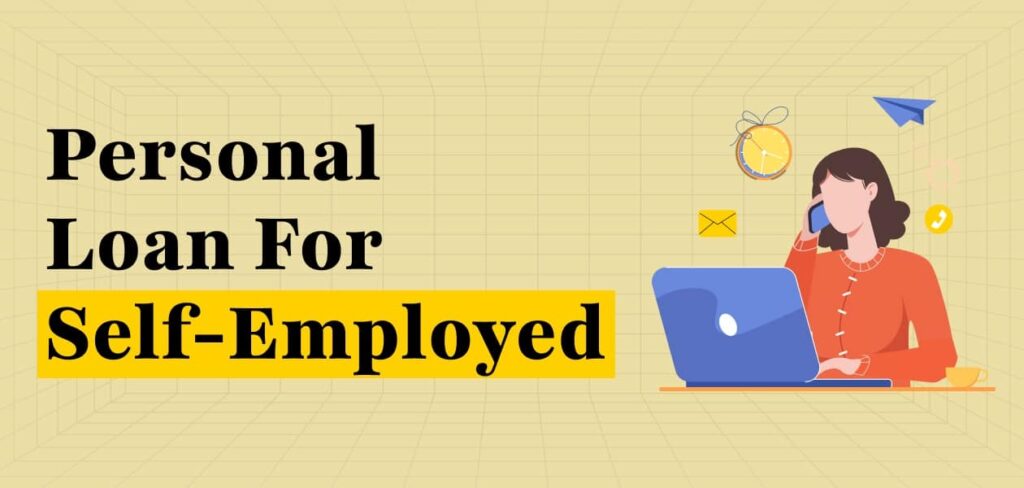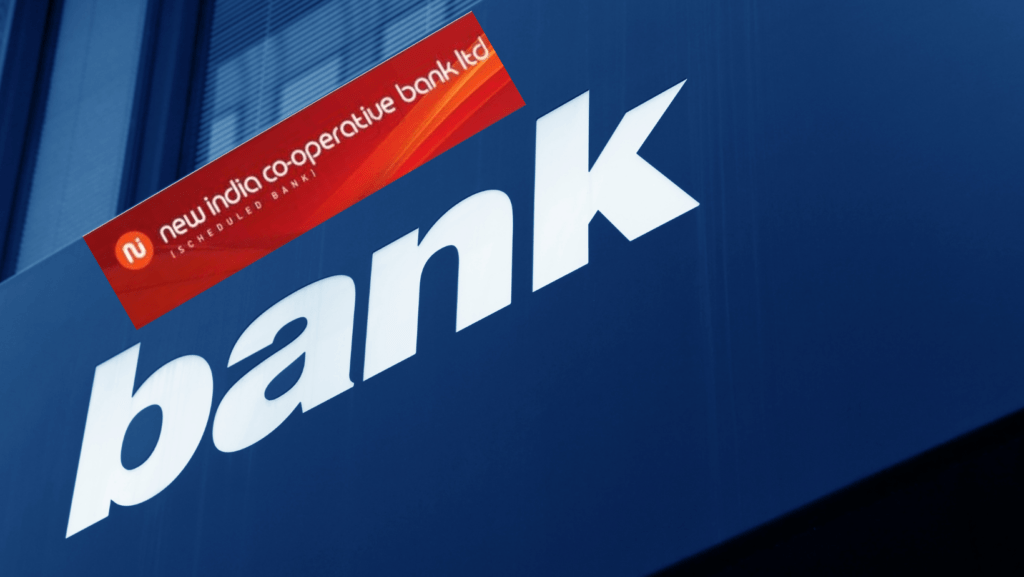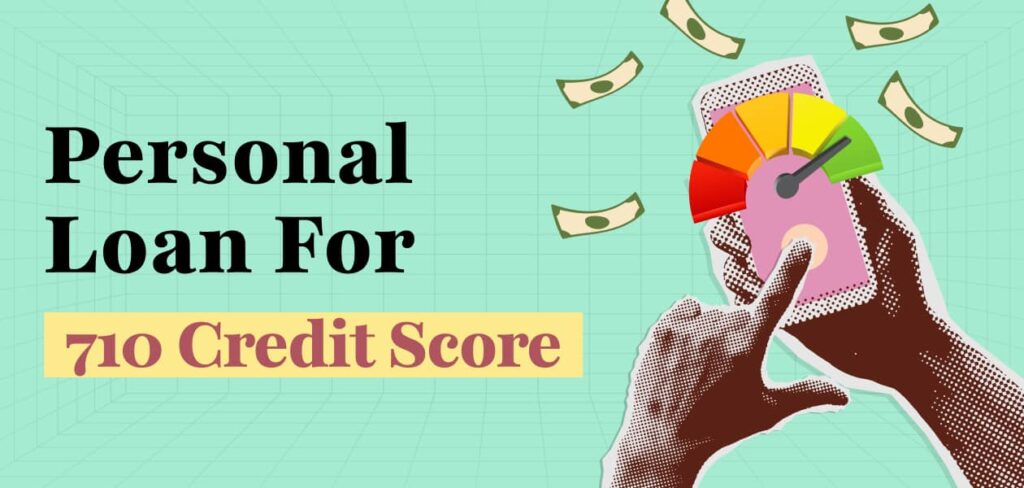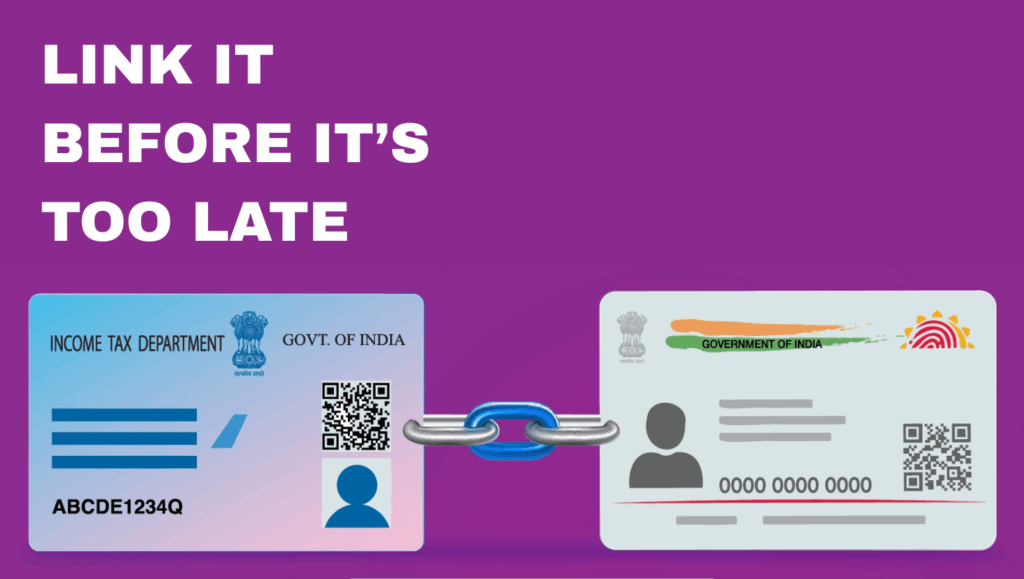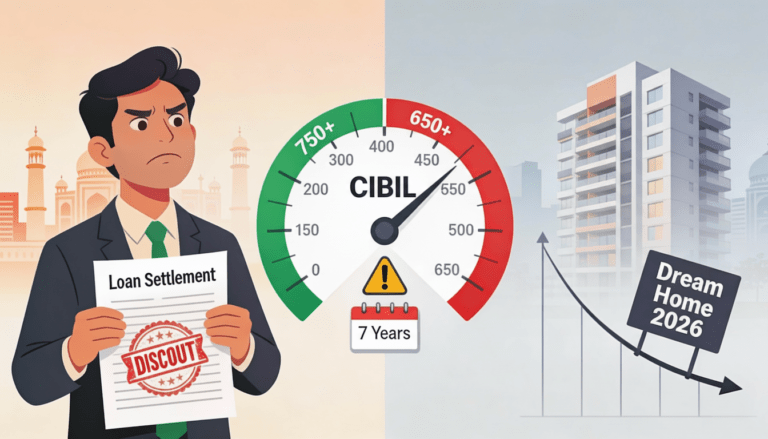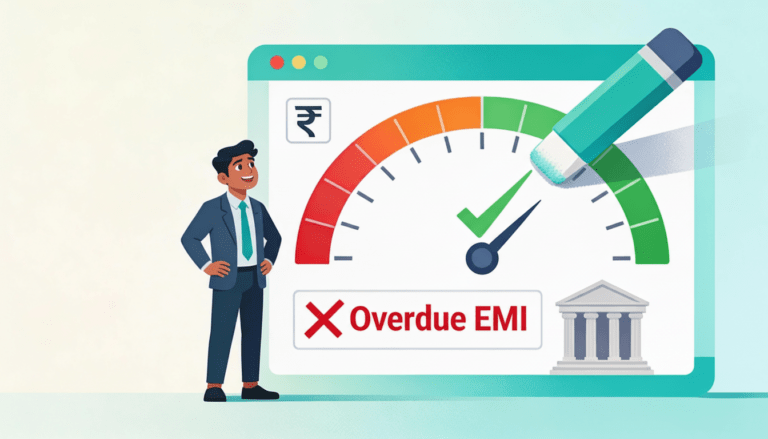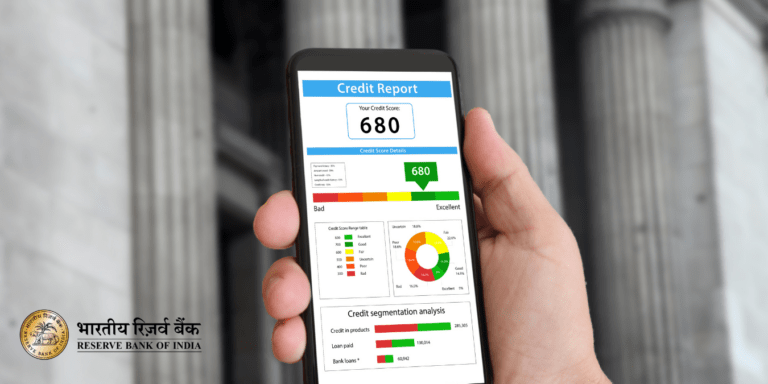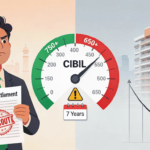
Hidden Reasons for Personal Loan Rejections Despite Good CIBIL Scores
Think your 780 CIBIL score guarantees a personal loan? Think again. In 2025, AI-driven lifestyle scoring is silently deciding your fate—flagging your spending habits, digital footprint, and lifestyle as risky. Discover the shocking hidden reasons why good credit no longer equals loan approval—and how to turn the tables.
You check your credit score and it shines bright at 780—well above the coveted 750 mark. You apply for a personal loan expecting a quick yes, only to receive the dreaded message: “Your loan application has been rejected.” Shockingly unfair, right? In 2025, a high CIBIL score no longer guarantees loan approval in India. Behind that number lies a complex, data-driven lending world where banks and NBFCs probe deeper into your financial and digital life. Today’s lenders dive far deeper than ever before. Powered by AI and real-time data, banks and NBFCs scrutinize everything from your income flow and job stability to your spending behavior and even your digital footprint. The credit game has changed — and many financially disciplined Indians are finding their applications denied for reasons hidden beneath the surface of their gleaming scores.
The Illusion of the “Perfect” Credit Score
For years, a CIBIL score above 750 was widely considered a golden ticket, signaling impeccable repayment history and disciplined borrowing. However, in 2025, lenders don’t just rely on this score anymore. AI-powered algorithms analyze hundreds of parameters to form a holistic credit profile.
Your CIBIL score is now only a part of your story. The rest unfolds from your income stability, debt burden, job security, spending habits, and digital footprint. That means someone with a 780 score might still get declined if these other components signal risk.
The Hidden Layers Behind Loan Approval
Today, lenders use hundreds of data points. Key factors include:
- Income Stability: Frequent job hopping, irregular cash-based earnings, or inconsistent salary deposits signal instability.
- Debt Burden: A DTI ratio above 40–50% raises red flags about over-leverage.
- Employment Type: Self-employed professionals and gig workers face tougher scrutiny due to fluctuating incomes.
- Geographic and Sector Risk: Some regions or business sectors have higher default rates, leading to automatic algorithmic filtering.
- Documentation Accuracy: Mismatched PAN details, addresses, or bank statements can trigger outright rejections in automated systems without manual review.
Why 2025 Lenders Look Beyond CIBIL
Post-pandemic digital transformation has revolutionized lending in India. Neo-banks, fintech lenders, and NBFCs compete using real-time analytics and alternative credit assessments. They now create “360-degree credit profiles” integrating:
- Transaction-level spending insights from credit card and UPI histories.
- Employment verification through EPFO records or LinkedIn.
- Evaluation of recent overdue payments and repayment patterns.
- Internal “Smart Scores” built on AI modeling combined with bureau data.
In this scenario, a high CIBIL score doesn’t override concerns about unstable income or risky financial behavior.
Top Hidden Reasons for Personal Loan Rejections
1. High Credit Utilization
Using more than 30–40% of your credit card limits signals financial stress to lenders, even if repayments are timely. It suggests dependency on borrowed funds.
Smart tip: Keep utilization below 30% on all cards and prepay balances occasionally before billing cycles.
2. Frequent Job Changes
In a volatile job market, moving employers more than twice a year, especially without salary hikes, signals instability.
Hidden trick: Wait at least three months after joining a new job before applying for a loan to build a stability signal.
3. Multiple Recent Loan Inquiries
Every loan or credit card application causes a “hard inquiry” on your credit report. Multiple inquiries within a short span make you appear desperate for credit.
Quick fix: Space loan applications at least 60–90 days apart.
4. Incomplete KYC or Document Mismatches
Automated processing engines deny applications with mismatches between PAN and Aadhaar addresses or inconsistent income proofs.
Secret insight: Update your KYC details uniformly across all financial institutions before loan applications.
5. Hidden Debts and Co-applicant Liabilities
Loans where you act as guarantor or co-applicant add to your debt obligations even if repayments are prompt, increasing your DTI and reducing eligibility.
6. Thin or Overloaded Credit History
Browsers with too few credit accounts or juggling too many can crash internal scoring. Moderate, well-aged credit portfolios work best.
Pro tip: Maintain 2–3 active credit lines and close inactive accounts responsibly.
Exclusive 2025 Trend: AI Flags “Lifestyle Risk”
AI lenders analyze spending categories like luxury shopping, gaming, and high-end food deliveries from your digital transactions. Erratic or impulsive spending patterns can brand you “risky.”
Why does this matter? Financial responsibility now includes consistent digital behavior. Lenders reward stable, predictable transaction histories.
The Real-Time Data Trap: Your Digital Footprint
Some fintechs check utility payments, mobile usage, and income inflow patterns. Frequent gaming purchases or delayed utility bill payments can subtly lower your trust score.
Survival strategy: Maintain digital discipline by ensuring timely bill payments, steady income deposits, and balanced expenditures.
The Crucial Income and Ratio Equation
Lenders use the Fixed Obligation to Income Ratio (FOIR) to assess your capacity:
| Monthly Income | Total EMIs | FOIR | Approval Chance |
| ₹60,000 | ₹20,000 | 33% | High |
| ₹60,000 | ₹30,000 | 50% | Low |
| ₹60,000 | ₹40,000 | 67% | Rejected |
Pro move: Prepay small loans or close unused credit lines to lower your FOIR before applying.
Documentation Traps to Avoid
Common paper glitches that cause silent rejections:
- Password-protected bank statement PDFs
- Salary slips without employer GSTIN or digital signature
- Name spelling variations across documents
- Unverified email or mobile numbers on credit bureau records
Smart hack: Double-check documentation for consistency and completeness before submission.
CIBIL vs. Internal Bank Scores: The Hidden Divide
While CIBIL reflects external credit history, banks keep “internal scores” based on past dealings. A delayed EMI or card default with a particular bank stays in their system longer than in CIBIL.
Smart strategy: If rejected by one lender, seek clarification, fix issues, then apply to NBFCs or fintech lenders with fewer internal restrictions to boost chances.
Loan Purpose and Amount Matter
Loan approval depends on purpose—medical emergencies or home repairs cause less concern than weddings or travel. Higher loan amounts can push your DTI over safe limits.
Hidden smart move: Calculate your maximum safe borrowing capacity before applying, rather than applying for the desired amount outright.
Over-Confidence Can Backfire
Applying simultaneously across many lenders triggers red flags for financial eagerness or distress.
Pro tip: Pick one well-targeted application—preferably with your salary-account bank—for better success odds.
How to Boost Approval Odds in 2025
- Keep FOIR below 40% by clearing small debts early.
- Maintain stable employment for at least six months prior.
- Avoid multiple hard credit inquiries within three months.
- Regularly update KYC data across all financial platforms.
- Keep credit utilization under 30%.
- Keep at least one credit line active for over two years.
- Be honest about loan purpose.
- Check and correct credit reports before applying.
The Future: Behavior Over Numbers
India is moving toward a “Smart Credit” ecosystem powered by AI, data analytics, and open banking. Soon, lenders will judge applicants on predictable behavior rather than static history.
Real-time income and expense data under Account Aggregator frameworks will enable dynamic, data-rich, living credit profiles—transforming how creditworthiness is measured.
Key Takeaways
- A high CIBIL score doesn’t guarantee loan approval in 2025.
- Income stability, FOIR ratio, job type, and digital behavior heavily influence decisions.
- AI-driven models track lifestyle, spending, and employment trends.
- Rejections often result from document mismatches or hidden liabilities.
- Successful borrowers build holistic credit health, not just credit scores.
Final Thought: The Hidden Story Behind Your Loan Rejection (150 Words Curiosity Snippet)
Next time you hear, “My CIBIL score is 780—I’ll get a loan easily,” smile knowingly. In 2025, lenders are playing a far smarter game than just checking numbers. Behind every rejection lies a secret algorithm—tracking not only your past repayments but your present lifestyle, spending patterns, and salary rhythms. Your credit story is no longer just a number; it’s a living narrative woven from data points you hardly notice. The real secret to loan approval is understanding how lenders think, not just obsessing over your CIBIL. Because sometimes, the real reason your loan got rejected wasn’t your score—it was your story.

